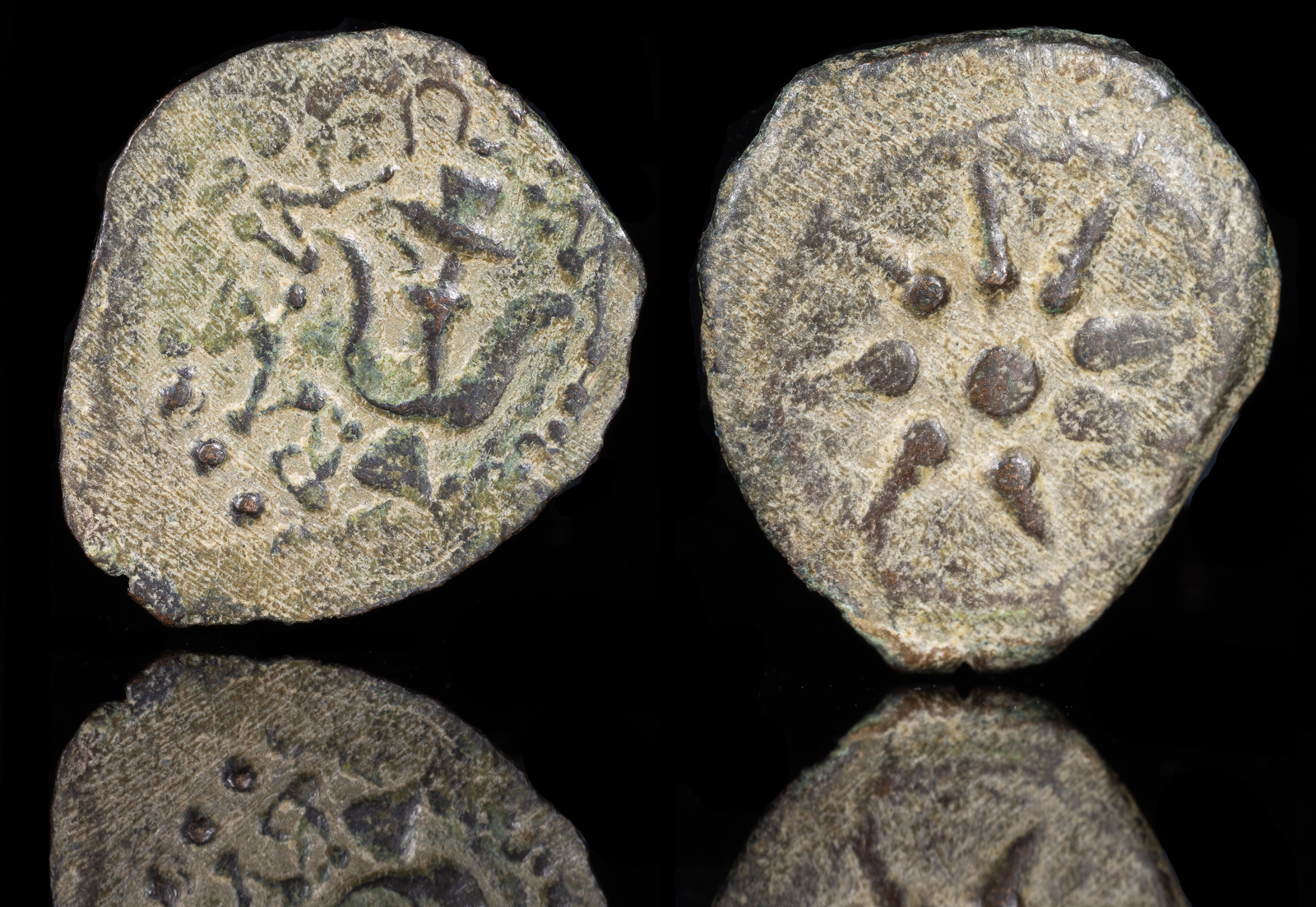Anchor
View All Tags
The anchor on Seleucid coins is often depicted in a simple yet striking design, typically featuring a central anchor flanked by two lines or sometimes accompanied by other symbols, such as a star or a cornucopia. This straightforward representation emphasized the role of naval strength in maintaining the empire’s power and prosperity. The anchor symbolized the Seleucid navy’s dominance in the eastern Mediterranean and the Near East, reinforcing the importance of maritime control for securing trade routes and protecting the empire’s vast territories. The Seleucids, whose realm was geographically diverse and spread across land and sea, relied heavily on naval power for both defense and the expansion of their empire. The anchor thus functioned as a visual shorthand for their strength on the water.
In addition to its practical associations, the Seleucid anchor carried broader symbolic meaning. The symbol evoked notions of stability and security, especially considering the volatile nature of the Hellenistic period, where dynasties often faced internal strife and external threats. By incorporating the anchor into their coinage, Seleucid rulers could project an image of steadfastness and dependability, suggesting that the empire was a stable foundation in an unstable world. The anchor also held some religious and cultural connotations, as anchors had previously been used as symbols of hope and safety, especially in maritime cultures, linking them to ideas of divine protection and guidance.
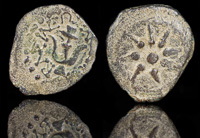
Alexander Jannaios 103-76 BCE
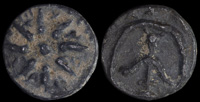
Alexander Jannaios 103-76 BCE
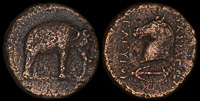
Apameia, Syria 300-281 BCE
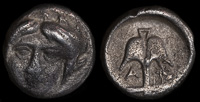
Apollonia Pontika 4th cent BCE

Kamnaskires III w Anzaze 80/79 BCE
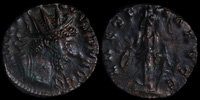
Tetricus 272-273 CE
